Twitter's active users grew by 714 percent since July 2009, making it the fast growing social platform in the world, according to Forbes. In my recent analysis of the Top 70 Social CIOs, I named some of the most active technology leaders on Twitter who are leveraging social networks to share with their communities. As I was researching several hundred CIOs and compiling the list, I realized something that jumped out of the page: the lack of a dominant voice in social media for the health care CIO. With only one health care CIO in the top 10 and a total of five CIOs in the Top 70, the voice of the health care CIO is largely absent in social media. Conversely, CIOs in education -- higher education and K12 -- and technology ranked as the most social CIOs.
In a recent study covering mobile and social technologies in health care, it was noted that: "90 percent of people ages 18-24 said they would trust health information they found on social media channels. One in two adults uses their smartphone to look up health information." The study also found that more than one in four hospitals have a social media presence and that 60 percent of doctors believe social media improves the quality of care. Social interaction between patients and caregivers will continue to grow and the CIO, who is responsible for building the connected and social health care ecosystem, has the opportunity to be in the forefront of improving the patient-physician experience.
With the proliferation of mobile devices on the health care network, so does the use of social media as a means to communicate with patients. Today's medical students and young physicians have grown up in the social media universe, and they expect to use social media as part of their medical practices. Patients are looking to their network to share medical information and learn more about their conditions and treatments.
The health care CIO could be an innovator on the subject of improving patient care and enabling meaningful and timely communications between the physician and patient. Every day, millions of people sign up for Twitter, Facebook, and LinkedIn, and more and more are looking to newer sites such as Branches, Quora, and Pinterest. These people are all consumers of our nation's health care system and if there is no technology leadership driving adoption of social media in health care, the very people you are looking to engage will be largely ignored.
Today, many doctors are looking to use social media to not only communicate with patients, but also as a platform to keep patients well and informed. By keeping patients healthy, as opposed to just treating illness, doctors can lead the way for changing how our health care system is utilized and thus reducing the cost of care. However, if health care IT is not a leading voice for the very tools the physicians are using to reach their audience, there is no way to be a pioneer for enabling this communication.
Traditionally, the health care CIO has been pivotal in leading the way for leveraging technology to better patient care and safety, all with a dwindling budget. What appears to be a slow adoption of social media for the health care CIO is worth understanding.
If you are a health care CIO, please introduce yourself to us. I would love to connect with you, learn more, and share your social transformation lessons learned and considered practices.
This post was co-authored by Tamera Rousseau-Vesta, Healthcare Solutions, Enterasys.
